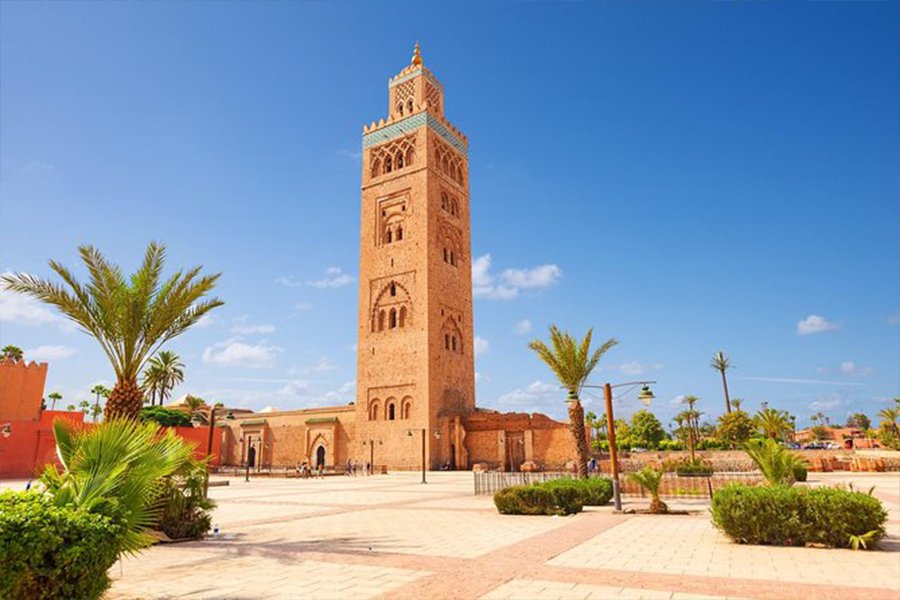Unveiling the 14-Day Great Tour From Casablanca:
Embark on an extraordinary journey through Morocco, revealing its unexpected richness and diversity. Contrasting landscapes, vibrant cities, and a deep cultural tapestry await you.
Exploring the Imperial Cities:
Delve into the heart of Moroccan history by visiting the imperial cities, renowned destinations for history enthusiasts.
Meknes, the Fourth Imperial City: Begin your exploration in Meknes, founded by the Almoravid dynasty. Discover iconic landmarks such as Lahdim Square, Habs Qara, and the Grand Mosque, immersing yourself in the city’s rich heritage. Next, continue your journey to Fez, the spiritual heart of Morocco.
Fez, the Spiritual Heart: Explore its Royal Palace, Bab Boujloud Gate, and the historic Karaouine Mosque, delving into the city’s profound cultural significance.
Venturing into the Sahara Desert:
Prepare for an unforgettable adventure!
Merzouga Sahara and Beyond: You will embark on the journey to Merzouga Sahara, winding your way through a cedar forest inhabited by Barbary apes. Witness the awe-inspiring beauty of the Sahara as you tour the Erg Chebbi Dunes.
Desert Encounters: Following your exploration of the dunes, visit nomad families and spend a memorable night in a desert camp, creating unforgettable moments amidst the vast desert landscape.
Exploring Marrakech and Beyond:
Immerse yourself in the vibrant energy and timeless charm of Morocco’s captivating cities and landscapes.
Marrakech, a City Steeped in History: After your desert experience, venture to Marrakech, a vibrant city where history and culture collide. Explore iconic sites such as the Koutoubia Mosque and Majorelle Garden. Majestic Landscapes and Kasbahs: Leaving the bustling streets of Marrakech behind, journey beyond to discover the Gorge of Tudra, Dades Valley, and the legendary Berber fortress, Kasbah Ait Ben Haddo. Immerse yourself in the breathtaking landscapes and rich history of these locations.
Unforgettable Morocco Awaits
Join us on this 14-day journey from Casablanca, where you’ll uncover the diverse beauty and cultural richness of Morocco. From imperial cities to the enchanting Sahara Desert and the bustling streets of Marrakech, this tour promises an unforgettable exploration.
End services of Best 14 Days Great Tour From Casablanca
| Starting Location | From Casablanca | ||||||||
| Ending Location | To Marrakech | ||||||||
| INCLUDED |
|
||||||||
| EXCLUDED |
|








